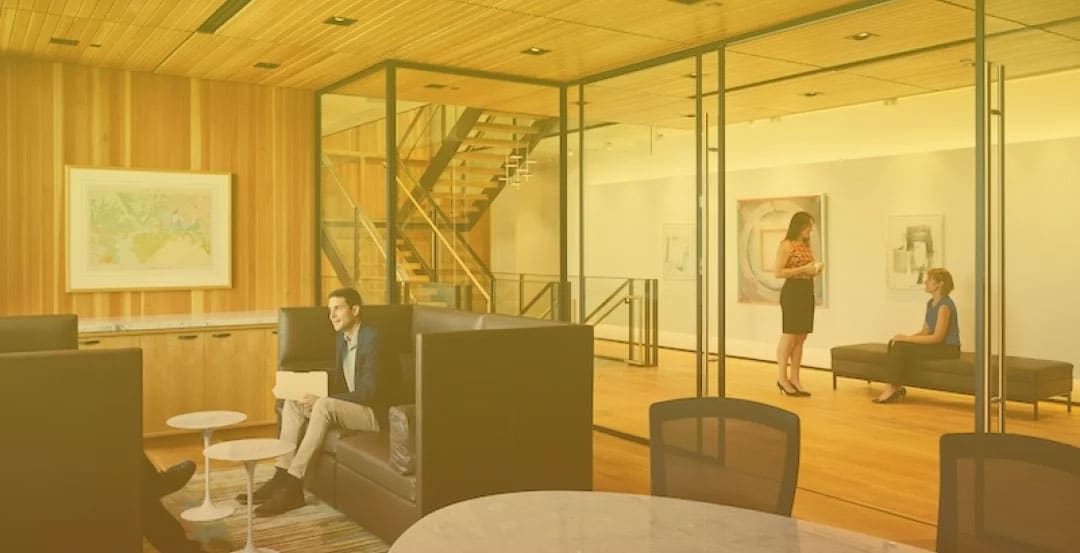
All-Glass System Showcase: Applications and Challenges
Examples of All-Glass Systems Module 24 (Introduction to All-Glass Systems) walked you through some examples of All-Glass products. In this short article, we share some useful links to examples that showcase All-Glass system applications and...
Read the Full Article